By Kim Frost
The universe of toonpool artist Hermé is a sun-splashed playland of the gods floating high above the sublunary world we know. These curvaceous aristocrats, with their idealized faces and supple bodies, are like classical statues that have been awakened. Transparent and light as air, they frolic in a place where it’s okay to go naked and drink as much wine as you want. Gods just wanna have fun!
Hermé is like a champion golfer who wins every game with the fewest possible strokes. His bold characters arise from a sinuous line that looks as if it had been drawn in one sweeping gesture. The rich colors – gold, red, white, shades of blue – evoke regality and theatricality, humor and splendor, ecstasy and ornament.
A robust figure who looks like Icarus is the subject of Pacwine. In the myth, Icarus was incinerated for trying to make a trip to the sun with a pair of DIY wings. Here, though, the strapping god looks great, and his gigantic wings aren’t even singed. Did he survive the solar trip, or change his itinerary? With the grapes he holds, he could also be Dionysus, the god of wine and madness. Or is he really Hermé himself – Hermes, the winged messenger? Hermes is one of the busiest gods in the pantheon, in charge of agriculture, hospitality, friendship and sex, games and good luck. I love the white calligraphic lines that delineate his dark body, the curlicues of his joints, and the rosebud whirl inside the shoulder. And here’s a surprise: Pac-Man bouncing into the frame, eager to engulf a blood-red stream of wine that tilts out of the pagan altar (that’s a beautifully drawn phallic symbol of course). The layers of enclosure create security – the wings that shelter the god and his sun-warmed grapes, the dark floral scrolls framing the altar and Pac-Man, and the sun’s glow embracing the entire scene. In this conception Hermes is primarily a giver of life, the conduit of the earth’s abundance. He’s like the goat goddess who found the infant Zeus, the future king of the gods, and fed him with her milk.
In The Mirror, Hermé depicts a seated woman who appears to be gazing at herself in a hand-held mirror. The main surprise is that she has no head – the wavy line down her back suggests a swathe of long hair, but it turns into the inverted profile of a man. This vain woman seems to be losing herself, paradoxically, in her obsession with her own beauty. Is this a comment on the emptiness of narcissism? Or does vanity have utility after all? Can it create a negative space in a woman’s psyche and in her body, a point of vulnerability, permitting the man to enter? Another possibility is that the poor girl has literally lost her head over some guy. Everyone knows the feeling of being so much in love that everything looks upside down, including your own face in the mirror. This drawing also reminds me of Hermé’s charming self-portrait [see below] in which the artist uses the power of the drawn line to create his own body on the page. In this view we can take the seated figure in The Mirror to be the artist himself, who raises a mirror to life, and always reveals himself in his own creation.
Here is my interview with Hermé.
Where were you born, and where did you study?
I was born in Rio de Janeiro, Brazil, one of the most beautiful cities in the world. I was inspired by this beauty and light. I have never studied drawing, but I always liked to draw (I have drawings I made at three years of age) and I started drawing professionally at age sixteen.
Who are your main influences?
I have always been greatly influenced by ancient Greek art. I have a fascination with the drawings on Greek vases. I have also been influenced by Picasso, Steinberg, and Roberto Burle Marx, among many others, and by Art Nouveau.
What do you use in your work?
I draw with all kinds of stuff, but I’m currently using a Wacom tablet (Cintiq 21 UX), and the Illustrator programs for Mac. I have a large number of printers for all purposes.
When did you become fascinated with wine?
I’m not exactly “fascinated” with wines. There was a time when I produced many drawings on this subject. I am now illustrating the works of Brazilian author Jorge Amado, and depicting women who are present in the work of this author.
What do you do when you’re not drawing?
I like to be very close to my family – children, wife, my dog, and some cats we had in our lives for five months.
-end-
© toonpool.com
Tags: cartoons, herme, illustration, review, toonpool

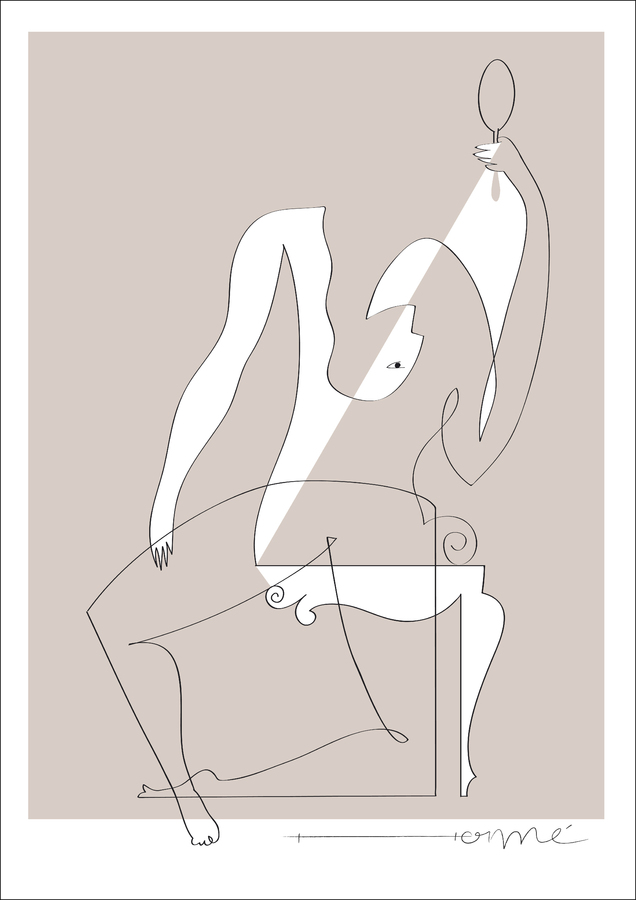
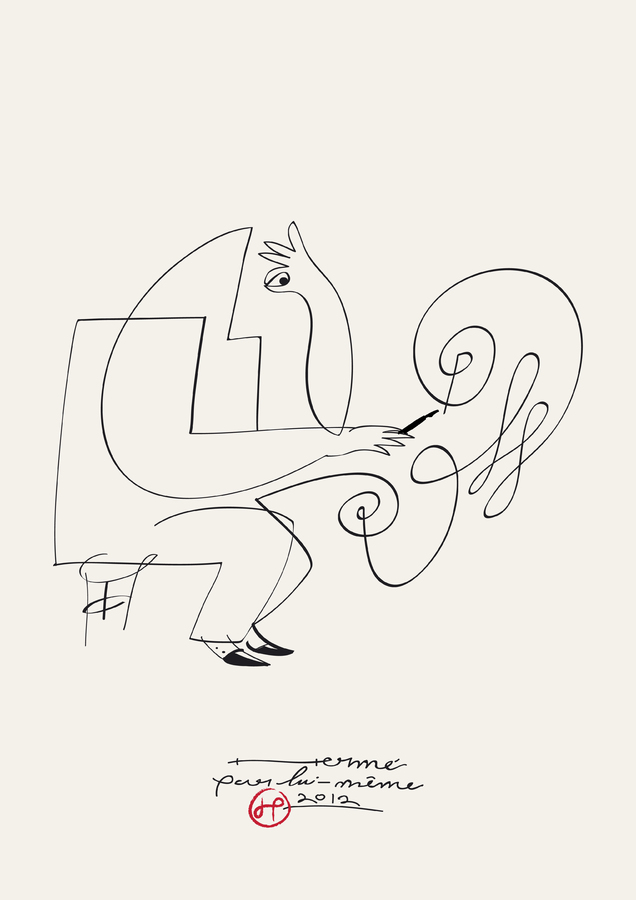
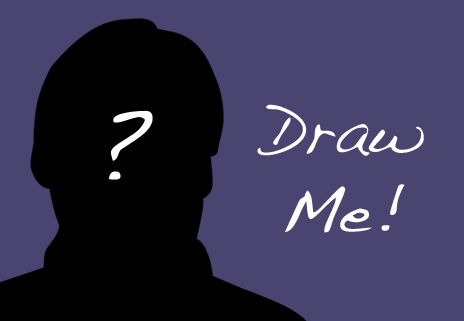
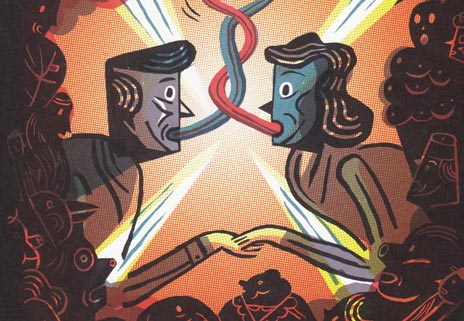
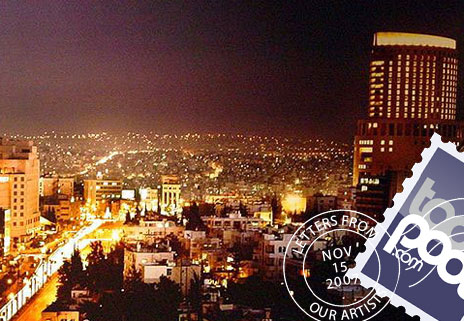
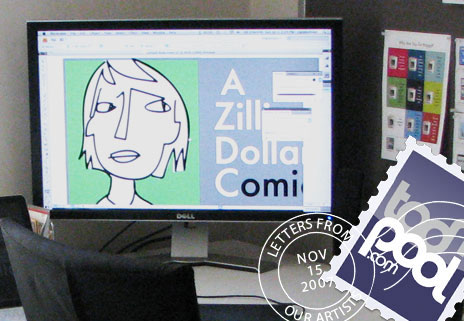
Excellent review Kim! A fine artist!
Very interesting article – will be looking at more of Herme now! Thanks!! Well done

From Herme:
Thank you! I was happy and thrilled with this gentleness and kind comments on my work. sincere thank you to the coordinators of Toonpool.
I love Herme’s work!
Piero
Herme´s works are amazing! I love it!!!
FANTASTIC
ALL THE BEST AND GOOD LUCK
REGARDS AND BLESSINGS
UMA M NAKKA
I love his works too!! Great Art!!
superb!